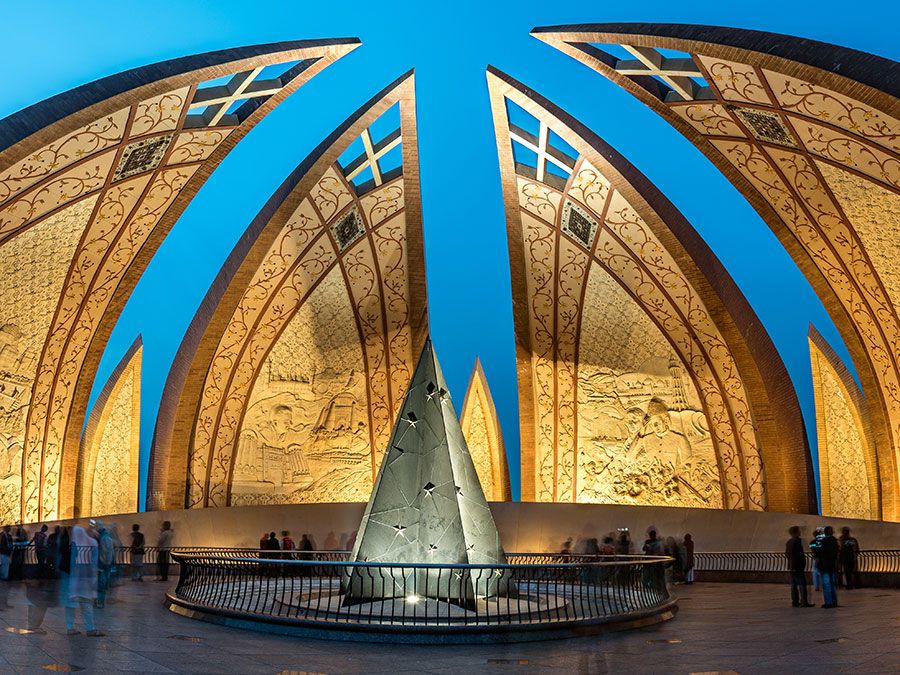Bogota | Elevation, Population, History, & Facts
3 min read
Bogotá, capital of Colombia. It lies in central Colombia in a fertile upland basin 8,660 feet (2,640 metres) above sea level in the Cordillera Oriental of the Northern Andes Mountains.
Bogotá occupies a sloping plain at the base of two mountains, Guadalupe and Monserrate, upon whose crests stand two imposing churches. The city is laid out in a grid pattern and has a number of plazas, or squares, including the Plaza Bolívar, along which face the principal public buildings and churches. Modern apartment towers stand alongside buildings dating from the colonial period.
European settlement in Bogotá began in 1538, when Gonzalo Jiménez de Quesada conquered Bacatá, the main seat of the Chibcha Indians. The settlement was christened Santa Fé de Bacatá: “Santa Fé” after Quesada’s birthplace in Spain, and “Bacatá” for the original Indian name, which was soon corrupted to Bogotá. Bogotá’s fate was closely allied to that of the viceroyalty of New Granada, of which it was made the capital city, soon becoming a centre of Spanish colonial power in South America. Bogotá’s citizens successfully revolted against Spanish rule in 1810–11 but had to contend with Spanish loyalists until 1819, when Simon Bolívar took the city after his victory at the Battle of Boyacá. With independence from Spain achieved, Bogotá in 1821 was made capital of Gran Colombia, a confederation that included the present republics of Venezuela, Ecuador, Panama, and Colombia. When the confederation was dissolved in 1830, it remained the capital of New Granada, which later became the Republic of Colombia.

Britannica Quiz
Countries and Capitals Quiz
Turbulent struggles for political power in the capital city, as well as its geographic isolation, stunted Bogotá’s growth and prosperity in the 19th century. In April 1948 the city was severely damaged by riots, and a wave of violence, known as the bogotazo, swept the region. Undercurrents of unrest continued in Bogotá until 1958, when the Liberal and Conservative parties reached a settlement.
Bogotá is the home of the nation’s tire, chemical, and pharmaceutical industries, but its chief activities are commercial. A stock exchange (1928) and the main banks are located in the city. It is the hub of air travel in Colombia and the home of Avianca (Aerovías Nacionales de Colombia), the first commercial airline in South America. Railroads connect Bogotá with the Caribbean coast to the north and via Puerto Berrío with the Pacific coast to the west. Bogotá is on the Colombian section of the Pan-American and Simón Bolívar highways and has road connections with all major Colombian cities.
The Xavier Pontifical University (1622) and the University of Santo Tomás (1580) are among the several excellent universities in Bogotá. Other cultural institutions include the Botanical Institute, the National Conservatory of Music, the National Museum, the National Astronomical Observatory, the National Library, and the Columbus Theatre. There are also a planetarium, a museum of natural history, several modern art galleries, and the Gold Museum, which houses the world’s largest collection of pre-Columbian gold objects.
Numerous parks adorn the city and its outskirts. Prime tourist attractions are the 515-foot (157-metre) Tequedama Falls, about 20 miles (32 km) south, and the tram and cable car that climb more than 1,800 feet (550 metres) to the church and shrine atop Monserrate mountain. Pop. (2018) 7,387,400.



